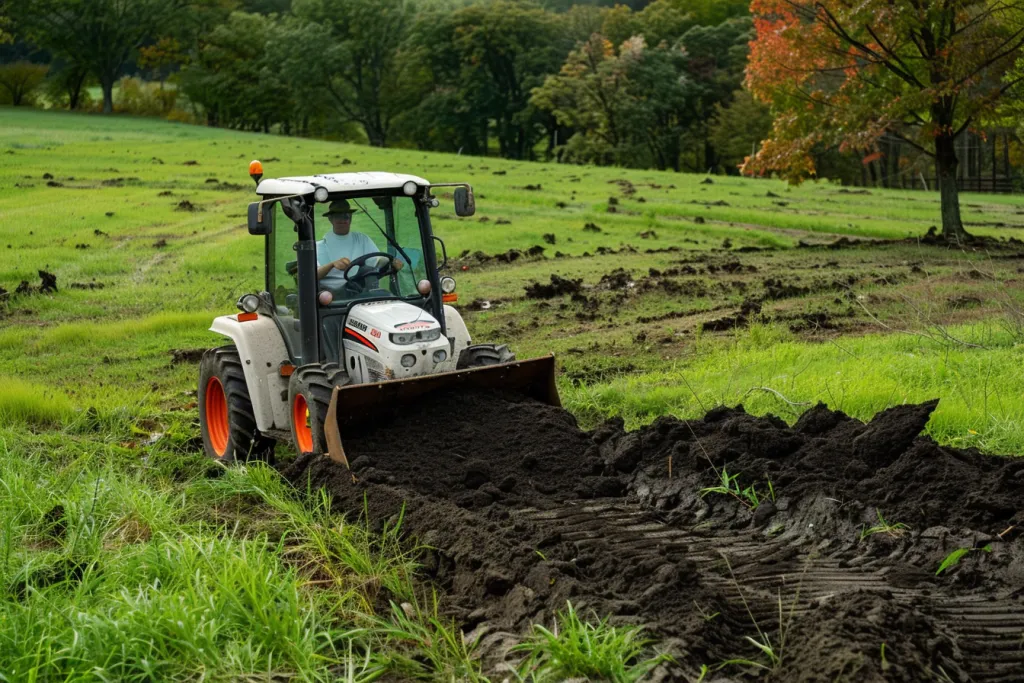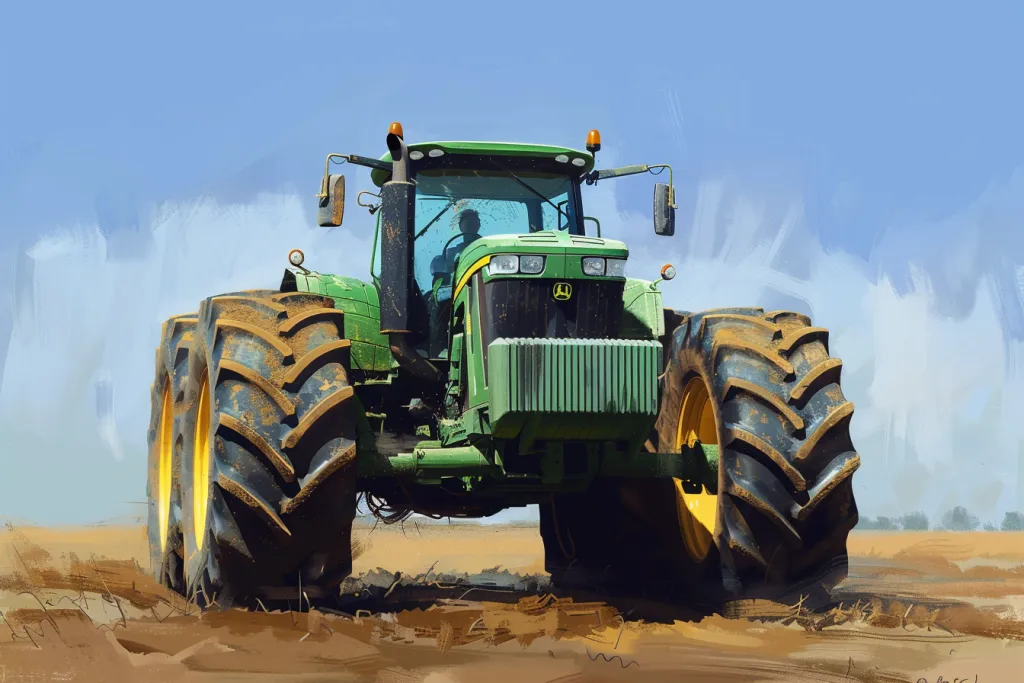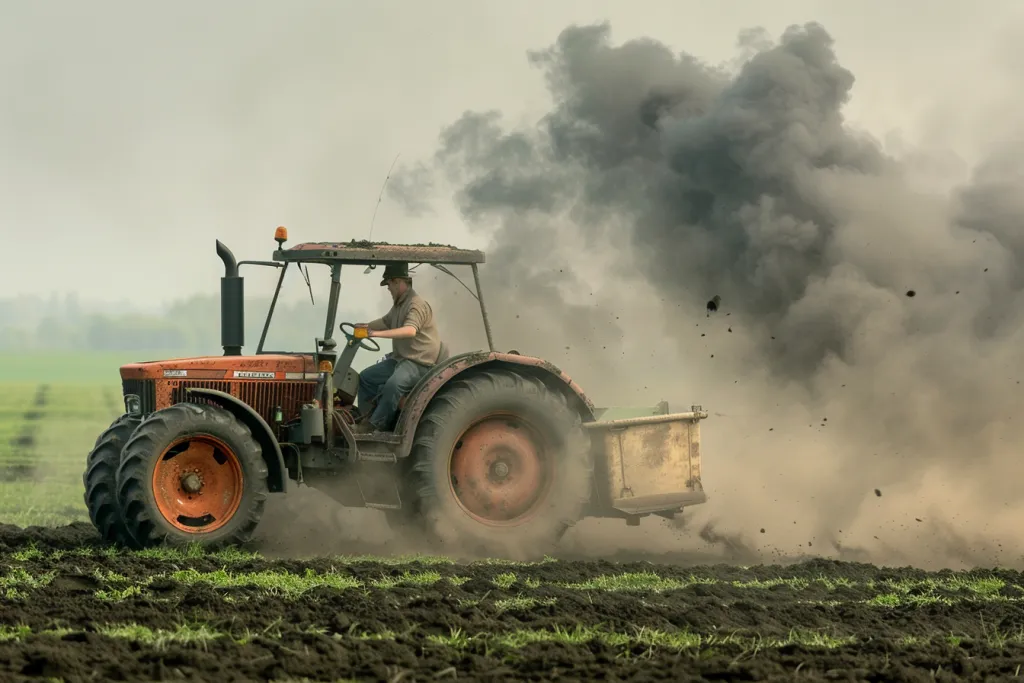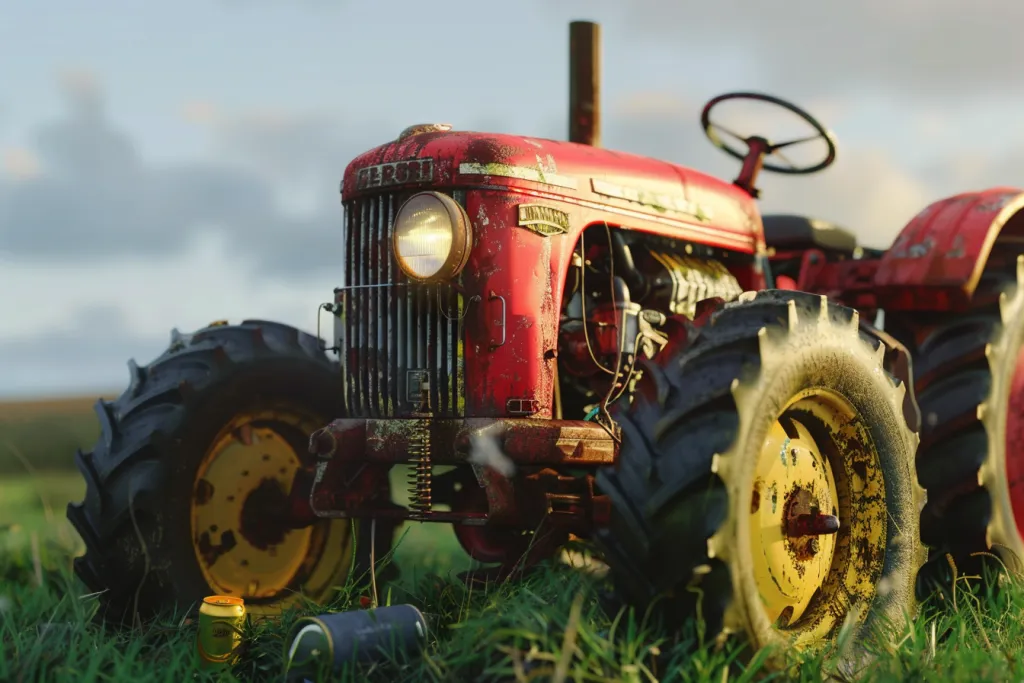Tractors are the workhorses of modern agriculture, essential for a multitude of tasks on the farm and beyond. Understanding how these powerful machines operate, their uses, and what they cost can help you make informed decisions. This article explores the intricacies of tractors, offering insights into their operation, application, and the best models available.
Table of Contents:
– What is a tractor?
– How do tractors work?
– How to use tractors
– How much does a tractor cost?
– Top tractors in the market
What is a tractor?

A tractor is a versatile, powerful machine primarily used in agriculture to mechanize tasks such as plowing, tilling, planting, and harvesting crops. Beyond agriculture, tractors are used in construction, landscaping, and even in industrial settings for hauling and pushing heavy loads. The modern tractor is a technological marvel, equipped with advanced features like GPS navigation, automatic steering, and power shift transmission, making them more efficient and easier to operate than ever before.
Tractors come in various sizes and power capacities, ranging from compact models suitable for small farms and gardens to massive machines designed for large-scale commercial agriculture. The heart of a tractor is its engine, which is designed to deliver high torque at low speeds, crucial for pulling heavy loads and performing tough tasks. Additionally, tractors are equipped with a power take-off (PTO) shaft, allowing them to drive attachments like mowers, tillers, and plows, further enhancing their utility.
How do tractors work?

The operational principle of a tractor revolves around its engine and transmission system, which converts fuel into mechanical energy, driving the wheels or tracks to move the machine forward. The engine, typically diesel-powered for its durability and efficiency, generates high torque at low speeds, ideal for heavy-duty tasks. The transmission system then allows the operator to adjust the tractor’s speed and direction, providing control and flexibility for various tasks.
Hydraulics play a crucial role in a tractor’s functionality, powering implements and attachments through hydraulic fluid pressure. The hydraulic system enables lifting, lowering, and adjusting implements, making tractors incredibly versatile. Modern tractors also incorporate advanced technologies like GPS and auto-steering, enhancing precision in tasks such as planting and harvesting, and reducing operator fatigue.
How to use tractors

Using a tractor effectively requires understanding its controls and capabilities. Before operating, familiarize yourself with the operator’s manual, focusing on safety instructions, controls, and maintenance schedules. Start with basic tasks, gradually moving to more complex operations as you gain confidence and skill. Regular maintenance is crucial for ensuring the tractor operates efficiently and safely. This includes checking fluid levels, tire pressure, and the condition of attachments and implements.
When attaching implements, ensure they are compatible with your tractor’s size and power. Adjust settings such as depth and speed according to the task at hand, and always be mindful of the terrain to prevent accidents. Remember, safety is paramount when operating heavy machinery like tractors. Wear appropriate protective gear, and never bypass safety features built into the machine.
How much does a tractor cost?

The cost of a tractor can vary widely based on size, power, brand, and additional features. Compact tractors, suitable for small farms or estates, can start from $10,000, while larger, more powerful models designed for commercial agriculture can exceed $300,000. The price is also influenced by factors such as the engine’s horsepower, the inclusion of advanced technologies like GPS navigation, and the type of transmission.
When considering a tractor purchase, it’s essential to evaluate the total cost of ownership, which includes maintenance, fuel, and the cost of attachments and implements. Financing options are often available, making tractor ownership more accessible. Additionally, used tractors can provide a cost-effective alternative, though it’s crucial to thoroughly inspect them for wear and potential issues.
Top tractors in the market

Several brands stand out in the tractor market for their quality, performance, and innovation. John Deere, known for its green and yellow machines, offers a wide range of models renowned for their reliability and advanced features. Kubota, another leading brand, is praised for its durable and efficient tractors, suitable for a variety of tasks. New Holland tractors are also popular, offering innovative designs and a broad selection of models to suit different needs.
When selecting a tractor, consider the specific tasks you need it for, the size of your operation, and the features that will enhance your productivity and comfort. Test driving several models can help you get a feel for different brands and find the best fit for your needs.
Conclusion:
Tractors are indispensable in modern agriculture and beyond, offering the power and versatility needed to tackle a wide range of tasks. Understanding how tractors work, how to use them safely and effectively, and what factors influence their cost can help you choose the right model for your needs. With the right tractor, you can boost your productivity, reduce manual labor, and tackle tasks that would otherwise be impossible, making it a valuable investment for anyone working the land.





 বাংলা
বাংলা Nederlands
Nederlands English
English Français
Français Deutsch
Deutsch हिन्दी
हिन्दी Bahasa Indonesia
Bahasa Indonesia Italiano
Italiano 日本語
日本語 한국어
한국어 Bahasa Melayu
Bahasa Melayu മലയാളം
മലയാളം پښتو
پښتو فارسی
فارسی Polski
Polski Português
Português Русский
Русский Español
Español Kiswahili
Kiswahili ไทย
ไทย Türkçe
Türkçe اردو
اردو Tiếng Việt
Tiếng Việt isiXhosa
isiXhosa Zulu
Zulu